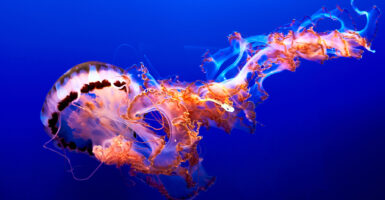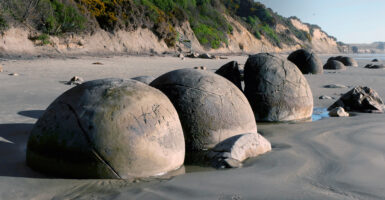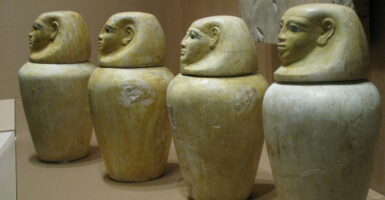20 Animals That Use Camouflage in Mind-Blowing Ways
Nature’s greatest illusionists don’t perform on stages – they survive in the wild using incredible disguises. These masters of deception have evolved camouflage techniques that seem almost magical in their effectiveness.
From shapeshifting to color-changing, these animals prove that sometimes the best survival strategy is to hide in plain sight.
Indonesian Leaf Fish: The Living Leaf
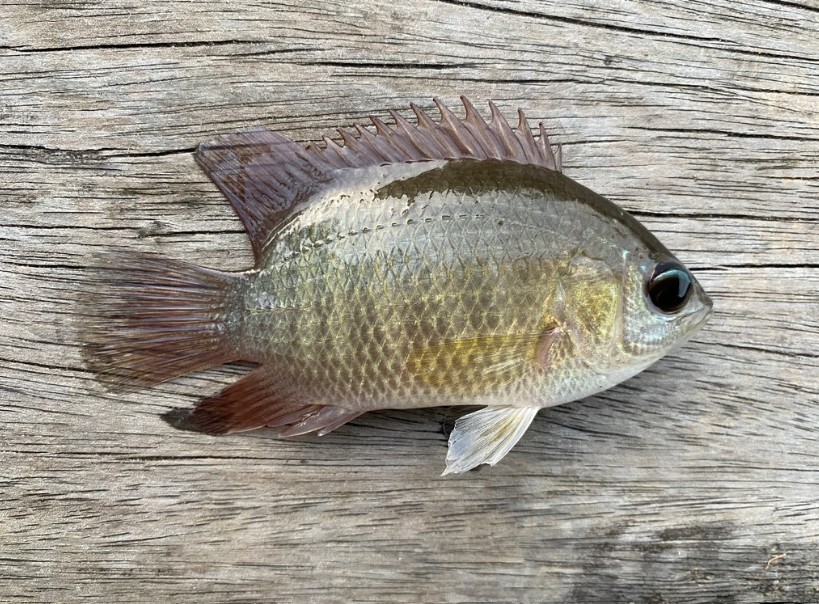
This fish doesn’t just look like a dead leaf – it moves like one, drifting and swaying in the current exactly as a fallen leaf would. Its body even includes fake decay spots and holes. Scientists discovered it can adjust its color to match different species of leaves.
Local fishermen often mistake them for actual plant debris.
Baron Caterpillar: The Bird Dropping Master
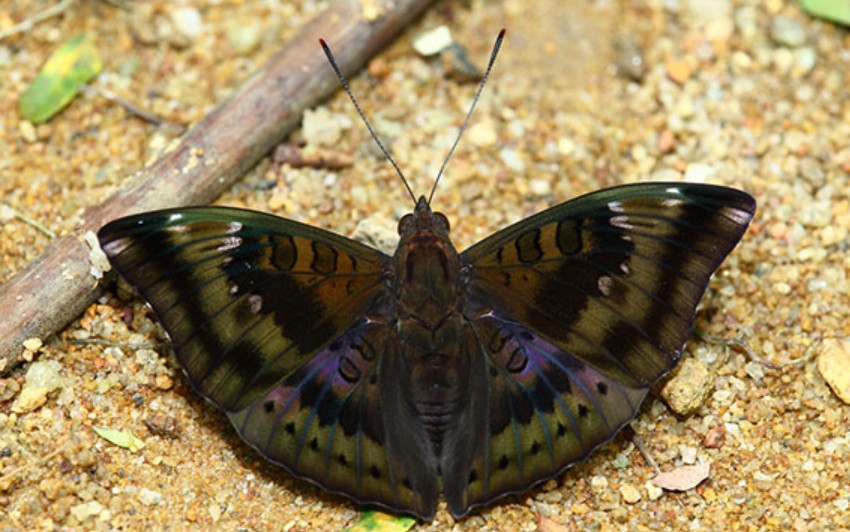
Looking like bird droppings might seem like a strange survival strategy, but this caterpillar pulls it off perfectly. It even positions itself on leaves, exactly where birds typically defecate.
Recent studies show it can modify its appearance based on local bird species’ droppings. Predators actively avoid it, thinking it is a waste.
Like Go2Tutors’s content? Follow us on MSN.
Pygmy Seahorse: The Coral Clone

These tiny seahorses match their host coral’s color and texture so perfectly that even their skin develops identical bumps and warts. Scientists only discovered them because a coral researcher was examining samples under a microscope.
They can even match the coral’s movement patterns in currents.
Uroplatus Gecko: The Bark Impersonator

This Madagascar gecko flattens itself against tree trunks, becoming virtually indistinguishable from bark. Its skin texture includes fake lichen and moss patterns.
Recent research revealed it can adjust its color to match different tree species. Even its eyes mimic tree knots.
Ghost Mantis: The Dead Leaf Ballet

This insect doesn’t just look like a dead leaf – it sways like one in the breeze. Its body includes veins and brown patches that mimic leaf decay.
Scientists discovered it can adjust its performance based on wind conditions. Even mantis experts have trouble spotting them in their natural habitat.
Like Go2Tutors’s content? Follow us on MSN.
Tawny Frogmouth: The Broken Branch

When threatened, this Australian bird stretches its body and freezes, perfectly mimicking a broken tree branch. It even allows moss to grow on its feathers to enhance the disguise.
Researchers found it selects perches that match its plumage patterns. Local birdwatchers often photograph “branches” that turn out to be birds.
Leafcutter Moth: The Living Leaf Mine

This moth’s larvae create perfectly camouflaged shelters that look exactly like leaf damage caused by mining insects. They even include fake frass trails and entry holes.
Scientists recently discovered they can adjust their patterns to match local leaf damage styles. Predators ignore them as if they have already eaten leaves.
Giant Australian Cuttlefish: The Master Shapeshifter

These cephalopods can instantly mimic the color, texture, and pattern of any nearby object. They can even create moving bands of color across their skin.
Recent studies show they can learn and replicate new patterns within minutes. Their skin contains millions of specialized color-changing cells.
Like Go2Tutors’s content? Follow us on MSN.
Orchid Mantis: The Flower Mimic

This predatory insect doesn’t just look like an orchid – it attracts the same insects that pollinate real flowers. Its color perfectly matches the local orchid species.
Scientists discovered that it could adjust its pose based on wind movement, like real petals. Even bees can’t tell the difference until it’s too late.
Dead Leaf Butterfly: The Seasonal Shifter

This butterfly’s wings look like dead leaves, and they are complete with fake fungus spots and insect damage. It can even adjust its coloring to match seasonal changes in leaf decay.
Researchers found it positions itself exactly how real leaves fall. Its undersides perfectly mimic leaf veins.
Vine Snake: The Living Tendril
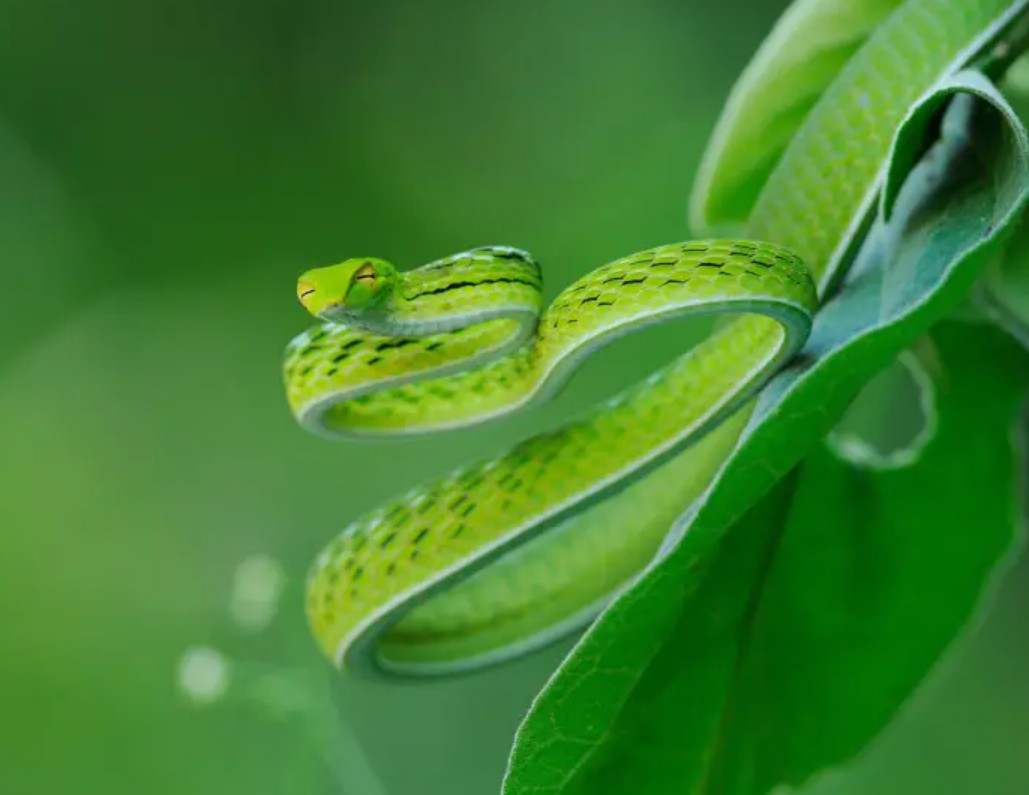
These slender snakes sway in the wind exactly like vine tendrils, complete with matching color patterns. They can even arrange their scales to mimic leaf attachment points.
Scientists recently documented how they coordinate their movements with actual vines. Local botanists have mistaken them for plants.
Like Go2Tutors’s content? Follow us on MSN.
Stone Flounder: The Seafloor Artist
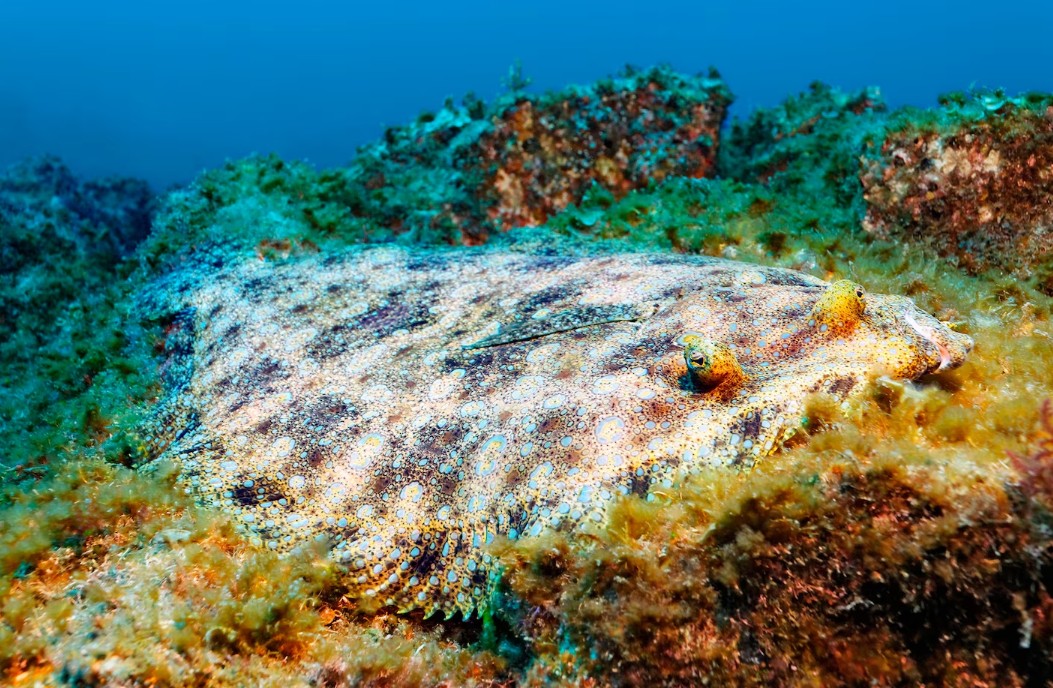
This fish can replicate any pattern it sees on the seafloor within minutes, from simple sand to complex coral designs. It can even match artificial patterns introduced by researchers.
Studies show it uses visual feedback to perfect its camouflage. Each fish develops unique pattern-matching abilities.
Mossy Leaf-Tailed Gecko: The Lichen Master
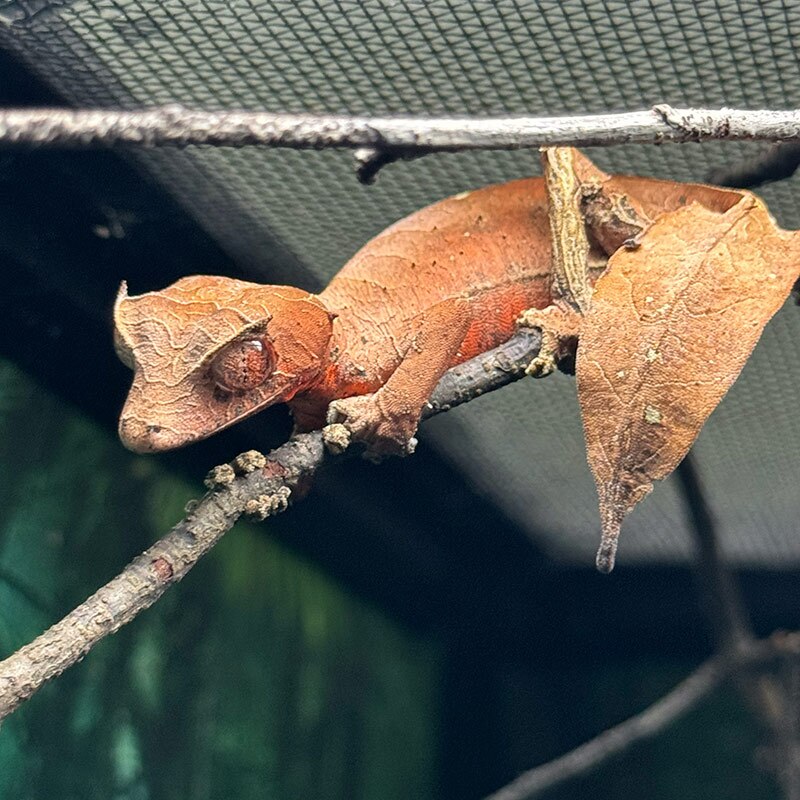
This Madagascar gecko develops actual lichen-like growths on its skin to match its surroundings. It can adjust its body shape to eliminate telling shadows.
Recent research revealed it can change its skin texture to match different types of bark. Even its eyes are camouflaged with intricate patterns.
Crab Spider: The Flower Chameleon

These spiders can change color to match the flower they’re hunting, taking several days to perfect the match. They even adjust their position to align with flower patterns.
Scientists discovered they can see and match ultraviolet patterns invisible to humans. Local pollinators literally can’t see them coming.
Like Go2Tutors’s content? Follow us on MSN.
Vietnamese Mossy Frog: The Living Stone
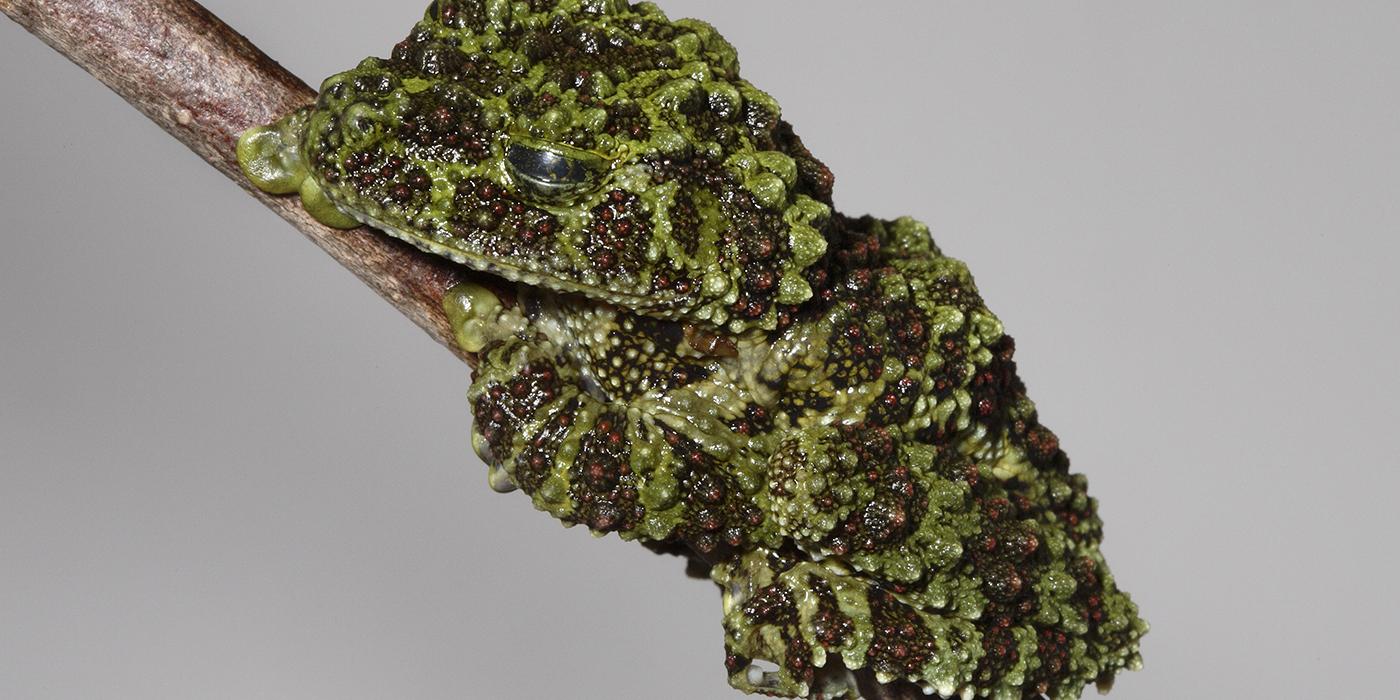
These frogs look exactly like clumps of moss-covered rock, complete with textured skin that mimics moss growth patterns. They can even adjust their posture to match local rock formations.
Researchers found they develop different patterns based on their specific habitat. Their tadpoles look like scattered pebbles.
Arctic Fox: The Seasonal Switch Artist
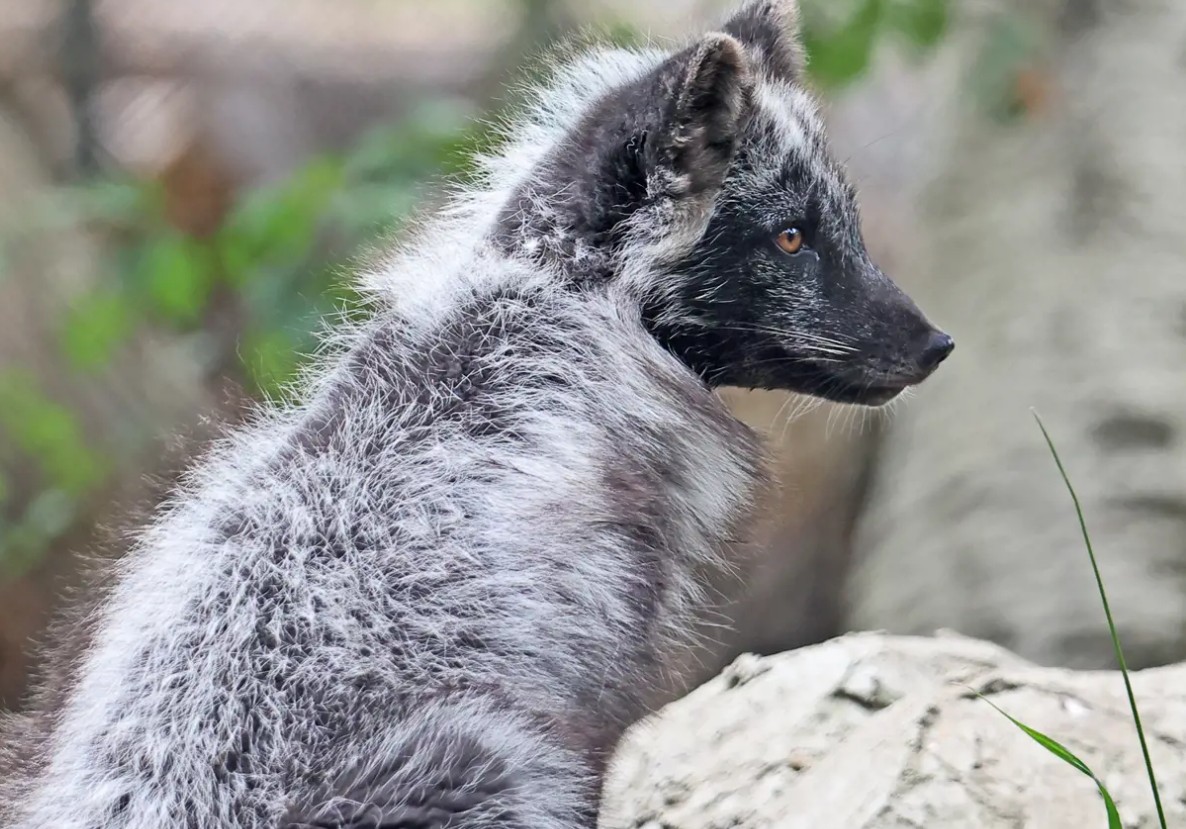
These foxes change their entire coat color to match seasonal conditions, from pure white in winter to brown in summer. The change process precisely tracks local snow cover timing.
Scientists discovered they can adjust the rate of color change based on weather patterns. Even their foot pads change color.
Peppered Moth: The Industrial Adaptor
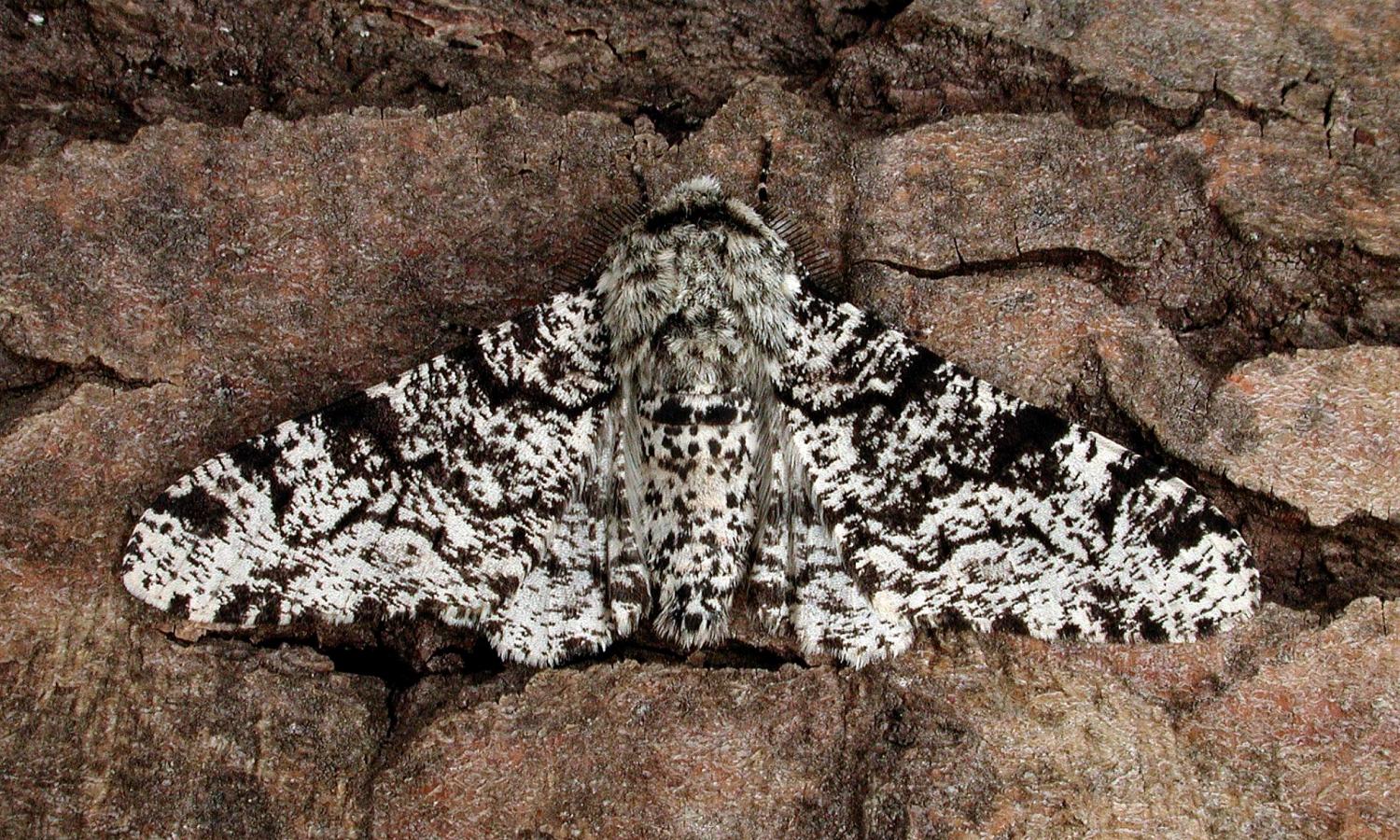
Famous for evolving darker coloring during the Industrial Revolution, these moths can adjust their camouflage across generations to match changing environments. They select resting spots that best match their current coloration.
Recent studies show they can produce multiple color variations within single generations.
Like Go2Tutors’s content? Follow us on MSN.
Walking Stick: The Twig Perfectionist
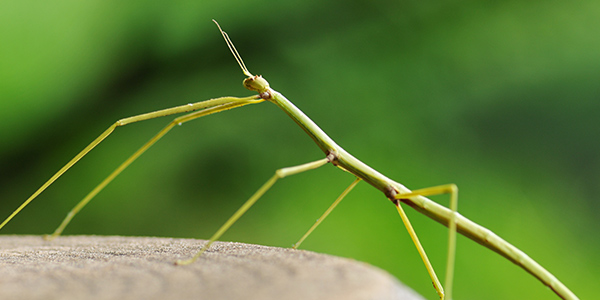
These insects sway in the wind exactly like small branches, even developing fake bark patterns and bud scars. They can adjust their coloring to match seasonal changes in local vegetation.
Scientists found they position themselves at the same angles as real twigs. Even their eggs look like seeds.
Sea Dragon: The Seaweed Swimmer
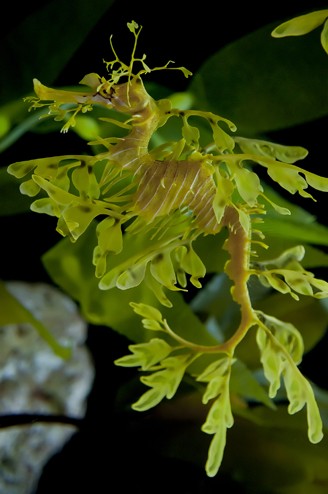
These relatives of seahorses look exactly like floating seaweed, complete with leaf-like appendages that grow and change color with the seasons. They move in perfect synchronization with surrounding seaweed.
Researchers discovered they actively select habitat areas that best match their current appearance.
Leaf-Tailed Gecko (Madagascar)
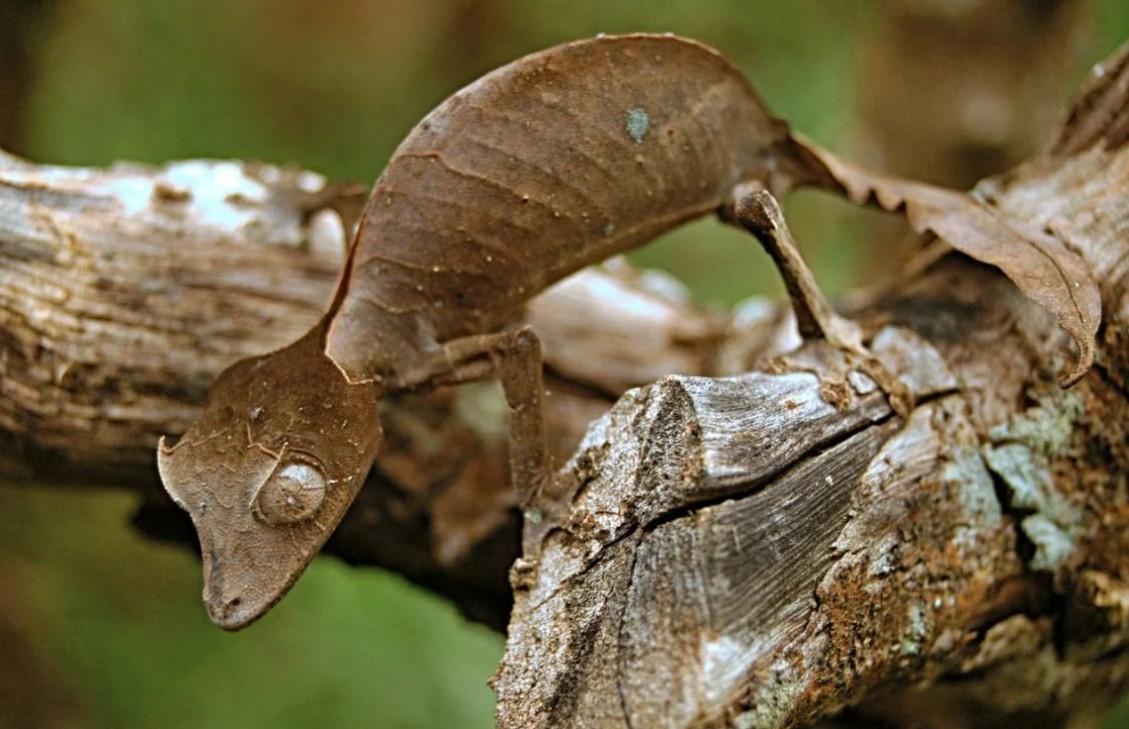
This master of disguise doesn’t just mimic leaves – it improves on nature’s design with a tail that looks more leaf-like than actual leaves. Its skin can change texture within minutes to match different bark surfaces.
Scientists discovered that it can actively control the size and shape of its body outline to eliminate shadows. When sleeping during the day, it positions itself perfectly to match the pattern of leaf shadows on tree trunks.
Like Go2Tutors’s content? Follow us on MSN.
Nature’s Artistry

These remarkable adaptations demonstrate nature’s endless capacity for innovation in the name of survival. While we continue to discover new examples of camouflage, many of these creatures’ secrets remain hidden.
Modern technology reveals increasingly subtle aspects of their disguises. Perhaps the most impressive masters of camouflage are still waiting to be found, hiding in plain sight.
More from Go2Tutors!

- Famous Battles: How Much Do You Really Know About U.S. History?
- Top 5 Most Important Skills, According To Harvard Business School
- How Well Do You Know 90s Pop Culture? Take the Quiz
- Master the Art of Public Speaking with These Expert Tips
- Think You Know Capitals? Put Your Knowledge to the Test
Like Go2Tutors’s content? Follow us on MSN.
